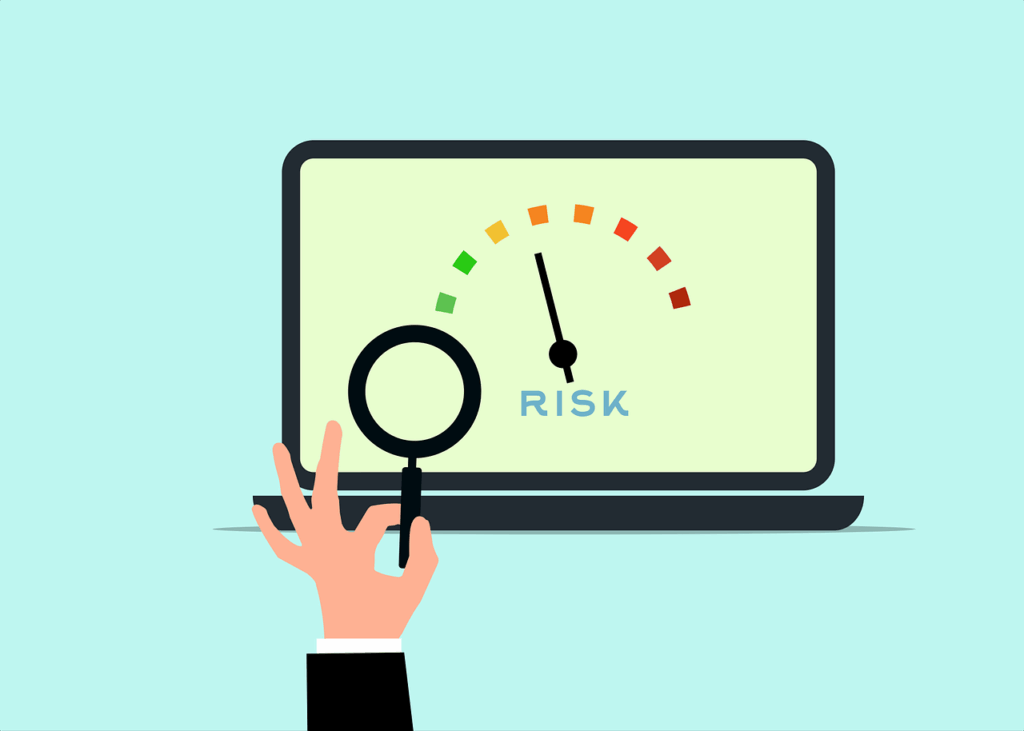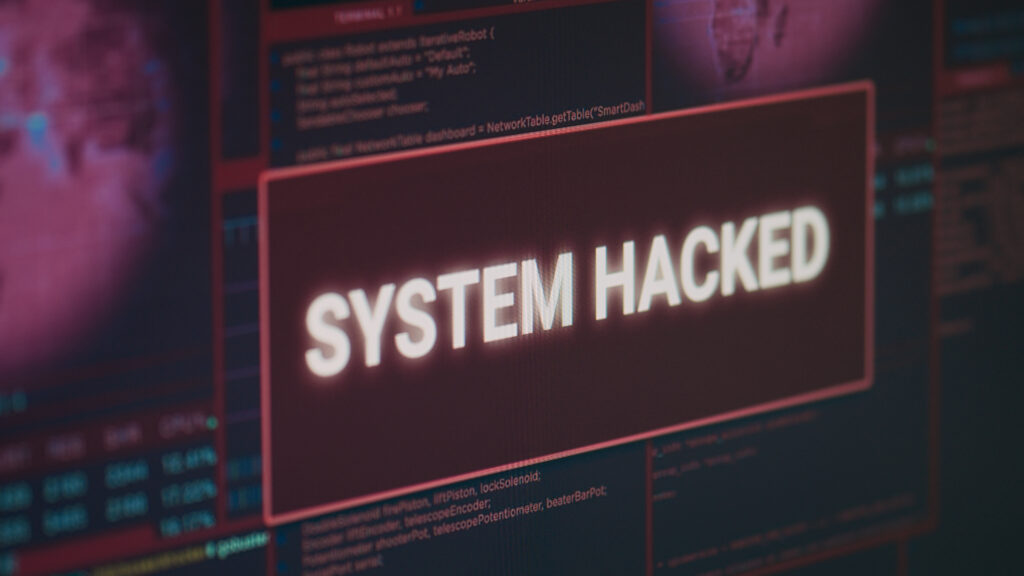




Why does cybersecurity matter for MFBs? Even small banks handle people’s money and personal data, so they’re a prime target for cybercriminals. In recent years Nigerian banks have seen a surge in online fraud, for example, the Nigeria Inter-Bank Settlement System (NIBSS) reported over 56,000 fraud cases in 2020 (about ₦18 billion lost).That shows how serious the risk is. A breach at your microfinance bank (MFB) could shut down operations, lose customers’ savings, and destroy trust in your community. The Central Bank of Nigeria (CBN) created its Cybersecurity Framework because of exactly these dangers. The guidelines aim to strengthen the entire financial sector’s defenses by setting minimum security standards. As the CBN notes, recent threats like ransomware, phishing scams, and other sophisticated attacks have become more common, so financial institutions (including microfinance banks) must “strengthen their cyber resilience” to stay safe.
The CBN’s framework is designed to create a safer cyber environment for banks and their customers. In other words, it’s a guidebook to protect your bank’s systems and data, prevent cybercrime, and maintain public trust in the financial system. By following it, your bank can not only avoid financial losses and fines, but also reassure your customers that their money and data are secure. As one CBN official puts it, it’s now “imperative for institutions to upgrade their cyber defenses to remain secure and sound”.
The CBN’s Risk-Based Cybersecurity Framework and Guidelines was first issued for big banks (Deposit Money Banks and payment service providers) in 2018, and later extended to cover Other Financial Institutions (OFIs) like microfinance and mortgage banks. On June 29, 2022 the CBN released the updated guidelines for OFIs, with an effective compliance date of January 1, 2023 lexology.com. This means all microfinance banks must now follow these rules. The framework is essentially a set of best-practice rules that cover five main areas (or “domains”) of cybersecurity. By working through each area, your bank can systematically shore up its defenses.
In broad terms, the five domains are: Governance and Oversight, Cyber Risk Management, Operational Resilience, Threat Intelligence, and Monitoring & Reporting. We’ll explain each one in plain language below.

This is about leadership and accountability. The board of directors (or owners) and senior management must actively support cybersecurity. They should approve security policies and budgets, and make security part of regular board discussions. The framework explicitly says the Board and CEO are accountable for “implementing the cybersecurity framework”. In practice, this means someone at the top (or a committee) oversees security. For example, you might appoint (or hire) a Chief Information Security Officer (CISO), whose job is to manage cyber risks. (For small MFBs, the guidelines allow the head of IT or a part-time consultant to double as CISO) In short: Top management should champion security. They should receive regular updates (e.g. quarterly summary reports), stay aware of cybersecurity issues, and ensure the bank treats security as a priority

This is about finding and fixing your weak spots. Your bank should regularly look for the biggest cyber risks you face, for example, phishing scams, malware, or insider errors. The framework requires a “risk management system” covering assessment, measurement, mitigation, and monitoring. In simpler terms, make a risk checklist: list your critical systems and data, imagine what could go wrong (hackers stealing data, machines going down, etc.), and rate the likelihood and impact of each threat. Then put in place controls to reduce those risks (like firewalls, antivirus, or stricter access controls). Finally, keep tracking how well those controls work (e.g. do tests or audits). This continuous risk review ensures you stay ahead of threats.

Being resilient means your bank can keep running even under attack. The guidelines call for building and testing your “operational resilience”, essentially, making sure a cyber-incident won’t completely cripple you. For an MFB, this might mean: regular backups of all important data (stored safely offsite), having spare computers or servers ready, and a clear plan (a “disaster recovery plan”) for how to restore systems after an outage. It also means doing a resilience assessment: checking your current defenses (“present state”) against what’s needed (“target state”), identifying any gaps, and then fixing those gaps. Banks must even do a self-check and report on it to the CBN yearly. In practice, after setting up your backups and incident plans, you should test them occasionally, for example, make sure you can actually restore from backup or recover from a simulated attack.

Cyber threats evolve constantly. This domain is about staying informed. The framework says banks need a way to “know all emerging threats, attacks, and attack vectors” so they can respond quickly. For an MFB, this could be as simple as signing up for cybersecurity alerts (from CBN, security companies, or industry groups), sharing information with other banks, or working with a security consultant. The goal is to proactively spot new threats (like a new kind of ransomware spreading in Nigeria) and update your defenses accordingly. Think of it like keeping a weather radar for cyber storms, if you see a big storm coming, you prepare before it hits.

Finally, the framework emphasizes watching what’s happening and talking about it. Your bank should set up logs and monitoring tools to track security events – for example, who logs into systems, or any unusual transactions. Use simple metrics (like “number of failed login attempts blocked” or “security patches applied on time”) so you can see if your security controls are working. The CBN wants banks to report incidents and status: in particular, any serious threats or breaches should be reported to the regulator promptly. At a minimum, maintain a record of security activities and share summary reports with your boss or board. This way, everyone knows if a problem arises so it can be fixed quickly. And of course, follow all relevant laws (like the Nigerian Cybercrimes Act) to avoid legal penalties.
To recap, here are the five key domains of the framework in a nutshell:
Complying with the CBN framework might sound overwhelming, but it’s easiest when broken into clear steps.

Ignoring the CBN framework isn’t an option, the consequences can be serious for any bank. Consider this scenario: A rural microfinance bank skims training on security. An employee clicks on a fraudulent email link, and hackers install malware. Overnight, customer accounts are drained and personal data is stolen. By the time the bank discovers the breach, it’s too late – word spreads in the village and clients lose all trust in the bank. Regulators launch an investigation and may impose fines or sanctions. The bank faces huge losses and a ruined reputation.
This is not just fiction. Nigerian experts warn that “failure to comply with the framework can lead to significant financial, operational, and reputational consequences.” In plain terms: you could lose money directly in a cyber-attack, be fined by the CBN, and suffer the long-term damage of customers fleeing your bank. The cost of ignoring cybersecurity is far higher than the cost of protecting against it. As one industry article notes, besides the direct losses from attacks, banks can “suffer significant reputational damage, loss of customer trust, and regulatory penalties” if they skimp on security. In a tight-knit community, word travels fast – once people doubt that your bank is secure, they may take their savings elsewhere.
Beyond the individual bank, the CBN warns that “cybersecurity breaches can cause systemic risk to the financial sector”, shaking confidence across the economy. In short: by following the CBN framework, you’re not only protecting your own microfinance bank, you’re helping keep Nigeria’s financial system stable and trusted.
Meeting all these requirements might feel like a big task, especially for a smaller bank. That’s where professional help comes in. Charistech Consulting specializes in guiding Nigerian financial institutions through CBN regulations. We can help you understand the framework, perform risk assessments, and set up the right controls, all in straightforward, affordable steps. Don’t wait for a crisis to act. Protect your bank, your customers, and your reputation by strengthening your cybersecurity now. Contact Charistech Consulting today for a friendly, tailored compliance assessment and support.
Remember: a few proactive steps now can save your microfinance bank a lot of trouble (and Naira) later. Stay secure, stay trusted!